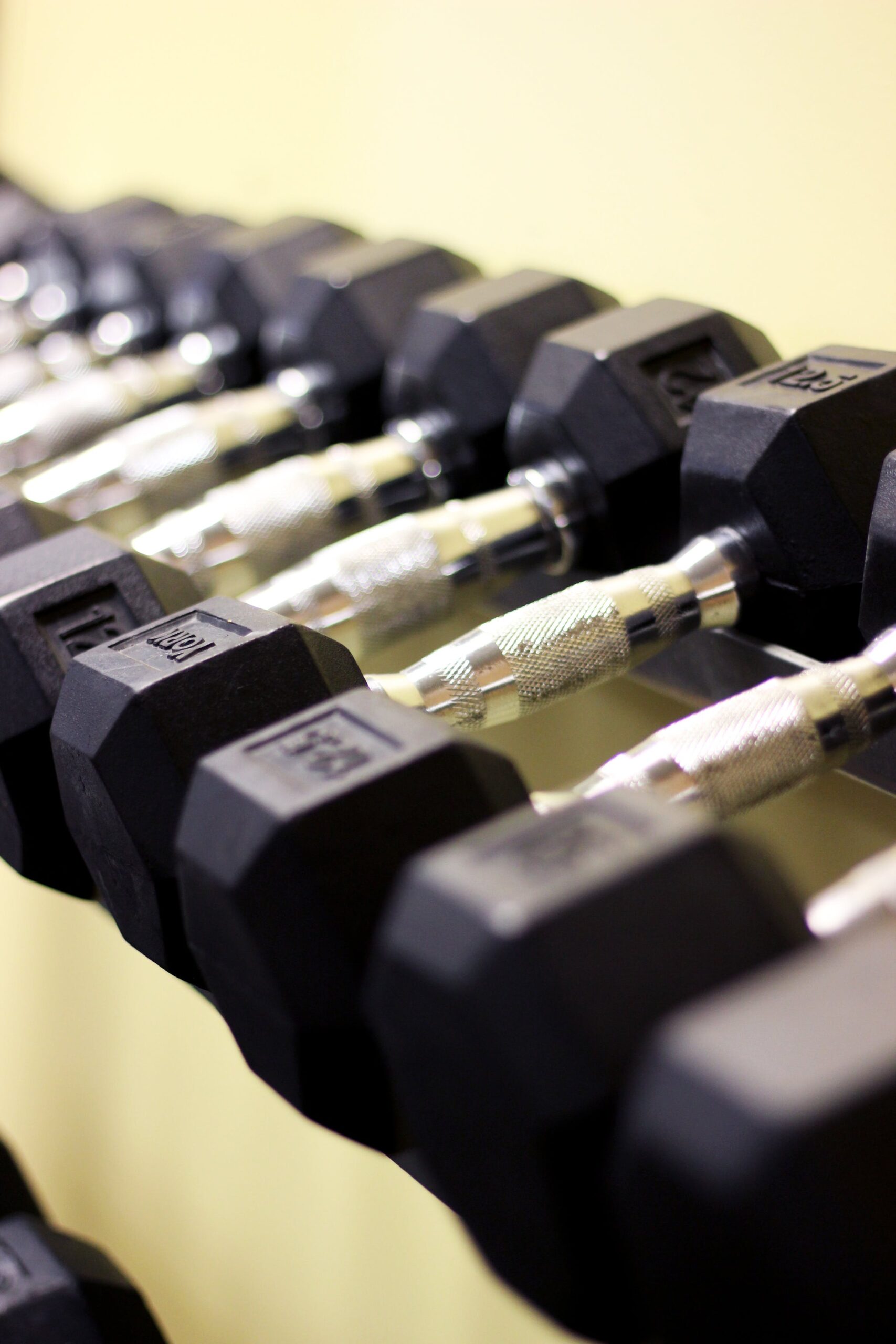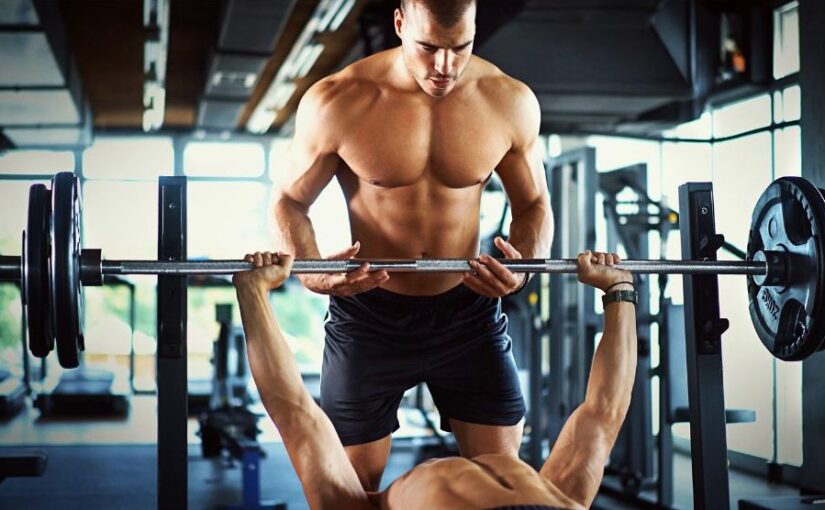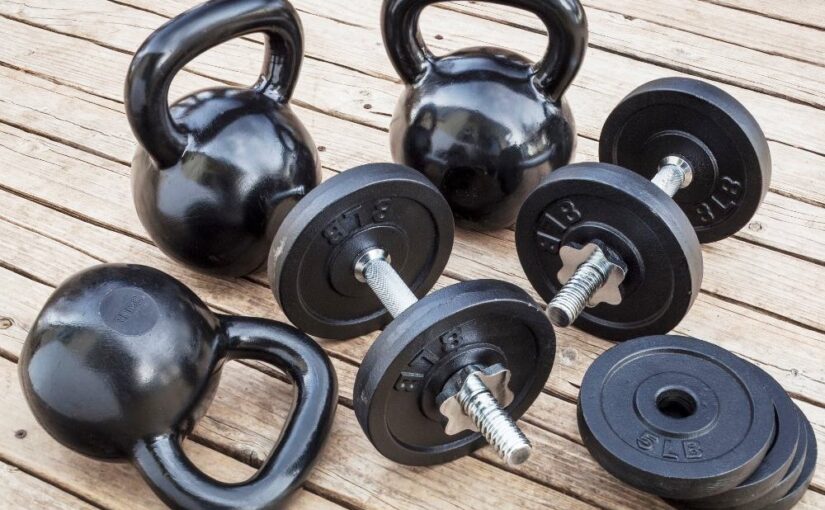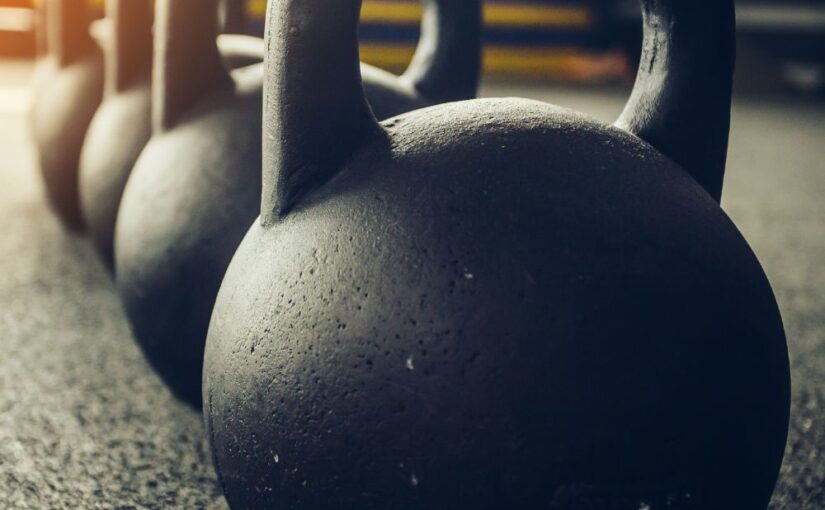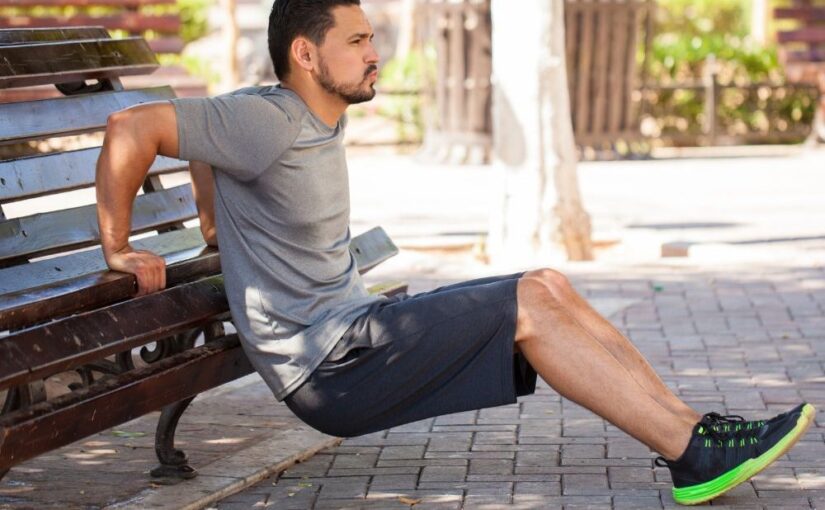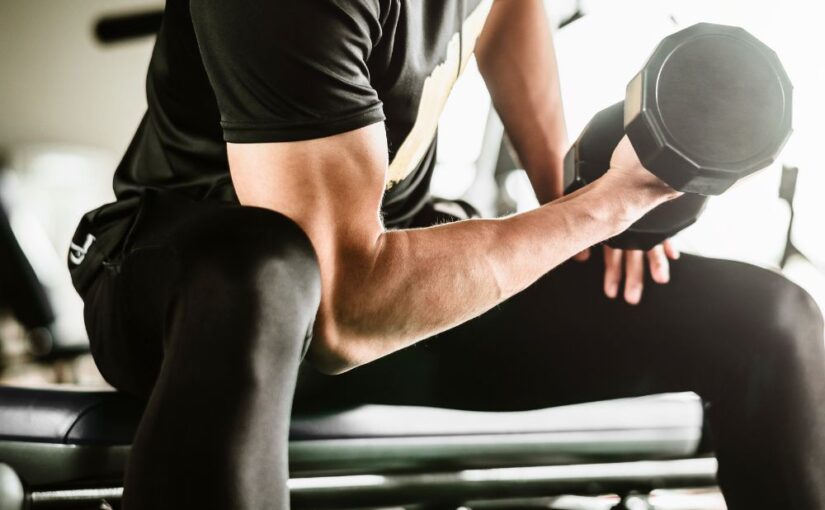The bench press is a popular exercise for building upper body strength, but many people hesitate to perform it without a spotter. While having someone to assist can enhance safety, it’s entirely possible to bench press effectively on your own with the right techniques and precautions. Here’s how to bench press safely without a spotter.
1. Choose the Right Equipment
Use a Power Rack or Smith Machine
- Power Rack: A power rack allows you to set safety bars at an appropriate height, ensuring that if you fail to lift the weight, it won’t fall on you.
- Smith Machine: This provides a guided path for the barbell, making it easier to control, though it may limit the range of motion.
Dumbbells as an Alternative
If you’re concerned about safety, using dumbbells is a great option. Dumbbells allow for a more natural range of motion and are easier to drop safely if necessary. However, if you don’t have dumbbells or simply prefer to use a barbell, choose a weight that’s manageable to ensure you can control the movement throughout your sets.
2. Warm-Up Properly
Before attempting heavier lifts, always warm up your muscles. Engage in dynamic stretches and perform lighter sets to prepare your body for the workout. This helps prevent injuries and improves your overall performance.
3. Use the Right Technique
Form Matters
- Feet Placement: Keep your feet flat on the ground for stability.
- Grip Width: A grip just outside shoulder-width is ideal.
- Back Position: Maintain a slight arch in your lower back while keeping your shoulder blades retracted against the bench.
- Bar Path: Lower the bar to your mid-chest and press it back up in a straight line.
Focus on Control
Perform each rep with control, emphasizing a slow and steady movement. Keep the bar from bouncing off your chest, as this can lead to injury. Focus on controlling the weights to get the most out of the exercise. Train your muscles and not your ego!
4. Know Your Limits
Be realistic about the weights you can handle alone. It’s better to start with lighter weights or dumbbells that you can manage comfortably, gradually increasing as you gain confidence and strength. Avoid pushing yourself to lift more than you can safely manage.
5. Use Safety Features
Safety Bars
If you’re using a power rack, set the safety bars at an appropriate height to catch the bar if you fail. This will give you the confidence to lift heavier weights without fear of injury.
Collars
Always use collars on the barbell to prevent weights from sliding off during your lift. This adds an extra layer of safety.
6. Have an Emergency Plan
If you’re lifting heavy weights alone, it’s essential to have a plan in case you encounter trouble:
- Drop the Weights: If you’re struggling to lift, it’s safer to drop the weights to the side rather than trying to push through.
- Use a Spotting Technique: If using dumbbells, simply tilt them to the side to drop them onto the floor if needed.
7. Consider Body Positioning
Position Yourself Safely
When lying on the bench, ensure that your body is centered and that you have enough space around you. Avoid positioning yourself too close to the end of the bench, as this could lead to accidents.
8. Cool Down and Stretch
After finishing your workout, take some time to cool down and stretch. This aids recovery and helps prevent stiffness or soreness in your muscles.
Conclusion
Bench pressing without a spotter can be done safely and effectively by following proper techniques, using the right equipment, and knowing your limits. If opting for weights that are challenging, make sure they are manageable or consider using dumbbells for safety. With careful preparation and attention to form, you can enjoy the benefits of bench pressing while minimizing the risks. Remember, safety first—always prioritize your well-being during workouts!

